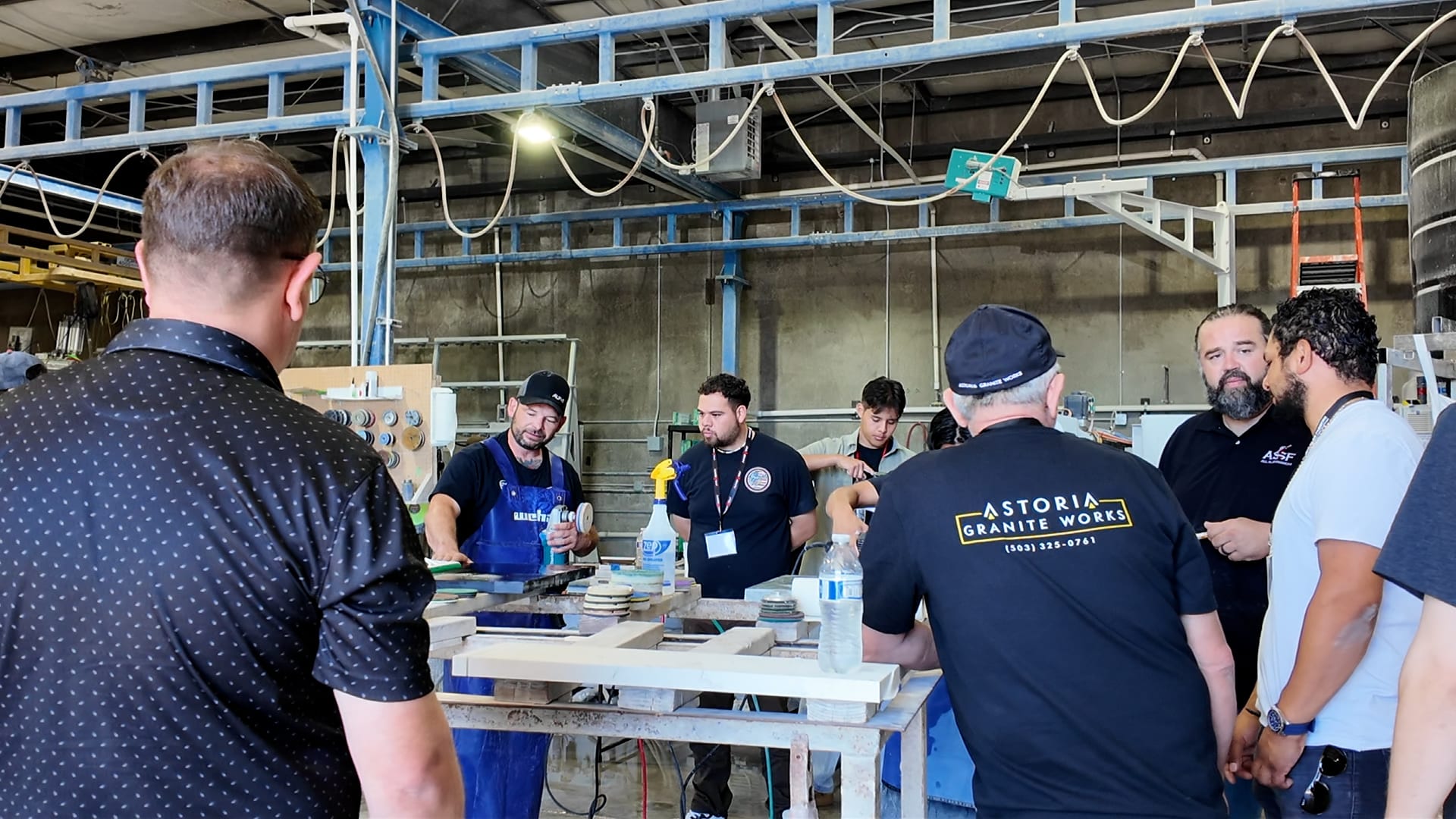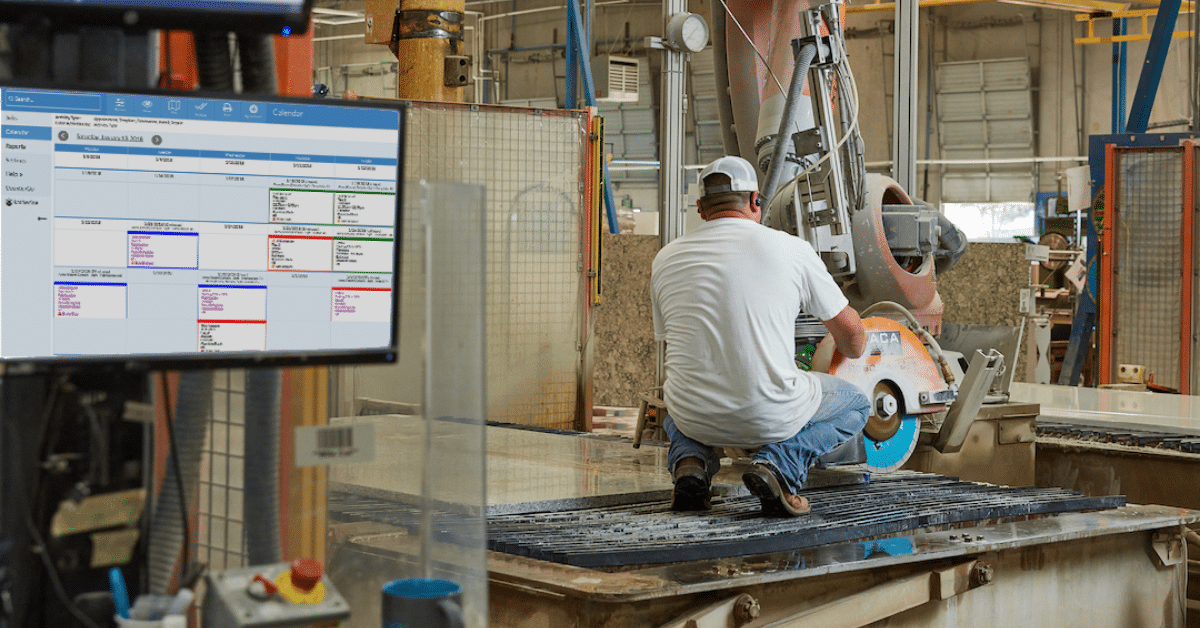If your shop has become digital to any degree, most likely your vocabulary includes the word “metrics.” Metrics are used to measure performance and to help managers make decisions that affect the smooth operation of the company. Unless you have been introduced to the concept of Synchronous Flow, however, chances are you haven’t yet incorporated “throughput” into your digital management lexicon.

“Throughput is a measure of value added,” explains Ed Hill, founder of Synchronous Solutions, a consulting firm that focuses on helping business owners enhance opportunities for growth through increased operations velocity. “Throughput is what is accomplished in an organization by creating value.”


Let’s say, for example, a fabricator sells a countertop for $5,000. Of that sales price, $2,000 goes for materials, which means $3,000 worth of throughput is generated by that sale. In other words, the $2,000 investment in raw slabs is converted into $5,000 by the shop and installation crew, thereby creating $3,000 worth of value. Hill contends that measuring throughput is a more accurate reflection of the health of the operation than measuring sales, square feet or the number of slabs sold.
“Throughput is highly reflective of the labor content of the work itself,” he says. “It is also directly related to the financial performance of the company. A given number of sales won’t necessarily produce any profit. Nor will a given number of square feet. But if a company can determine and achieve a given number of throughput dollars, it is relatively certain that company will make money.”
The Throughput Formula
The formula for calculating throughput is: Sales Dollars – Investment (materials, freight, outsourcing, commissions) = Throughput. Once throughput has been determined, profit can be calculated, i.e., Throughput – Operating Expenses = Profit. Thus, break-even is achieved when throughput and output expenses are equal.
“It is important to note that the concept is focused on increasing throughput, not decreasing cost” Hill explains. “The opportunity to increase throughput, or to become more productive in the operation, is unlimited. But the opportunity to decrease cost is quite limited. So we don’t focus on decreasing costs, we focus on increasing throughput.”
Another term relevant to this discussion is “throughput ratio,” which is reflective of how well a company buys materials and minimizes waste. “In the countertop industry, a throughput ratio for solid surface around 60 is good,” says Hill. “For granite it goes up to the 70 percent range. Engineered stone/quartz is typically somewhere between the two. So, we manage that ratio, and therefore know what a good starting point is in terms of making a profit.”
Using Throughput To Make Operating Decisions
Thus, in a dynamic budgeting environment, Projected Sales for the coming month, plus Throughput generated from those sales and a provision for how much Profit the company budgets for in that month, equals the Maximum Operating Expense the company can endure for that month. “We separate from that figure those expenses which are fixed, which are not controllable,” explains Hill, “and that leaves a really clear line-item budget that allows the owner to make decisions about where and when to spend money in order to maximize the performance of the company.”
Listen to Patrick & Ed talk about throughput and using simple business metrics: Listen to StoneTalk »



